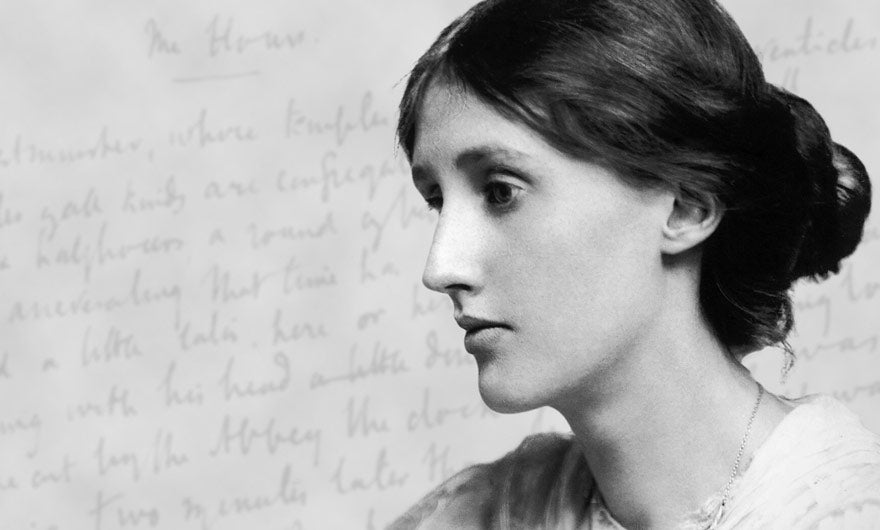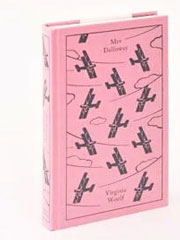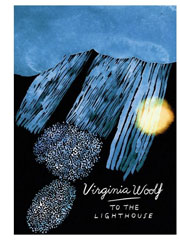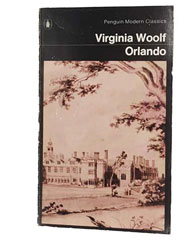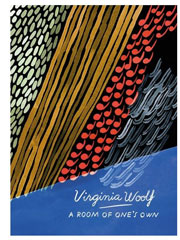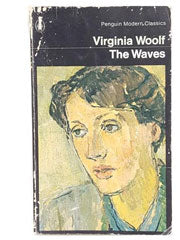Your Basket is Empty
- 15% OFF VINTAGE CHILDRENS BOOKS
- 3 CHILTERN PUBLISHING BOOKS FOR £50
- 3 FOR 2 ON VINTAGE COOKBOOKS
- 3 FOR 2 ON GARDENING BOOKS
- BUY A FIRST EDITION AND GET A FREE GIFT
- 10% OFF LUXURY GIFTS
- 5 VINTAGE PENGUIN CRIME CLASSICS FOR £30
- 15% OFF VINTAGE ROMANCE BOOKS
- 15% OFF VINTAGE BOOKS BY 19TH CENTURY AUTHORS
- FREE LEATHER BOOKMARK WITH VINTAGE HISTORY BOOK
- 3 FOR 2 ON 20TH CENTURY AUTHORS
- FREE GIFT WITH EVERY DECORATIVE PURCHASE
Free bookmark with every purchase of new books - add both to basket - discount applied at checkout.









